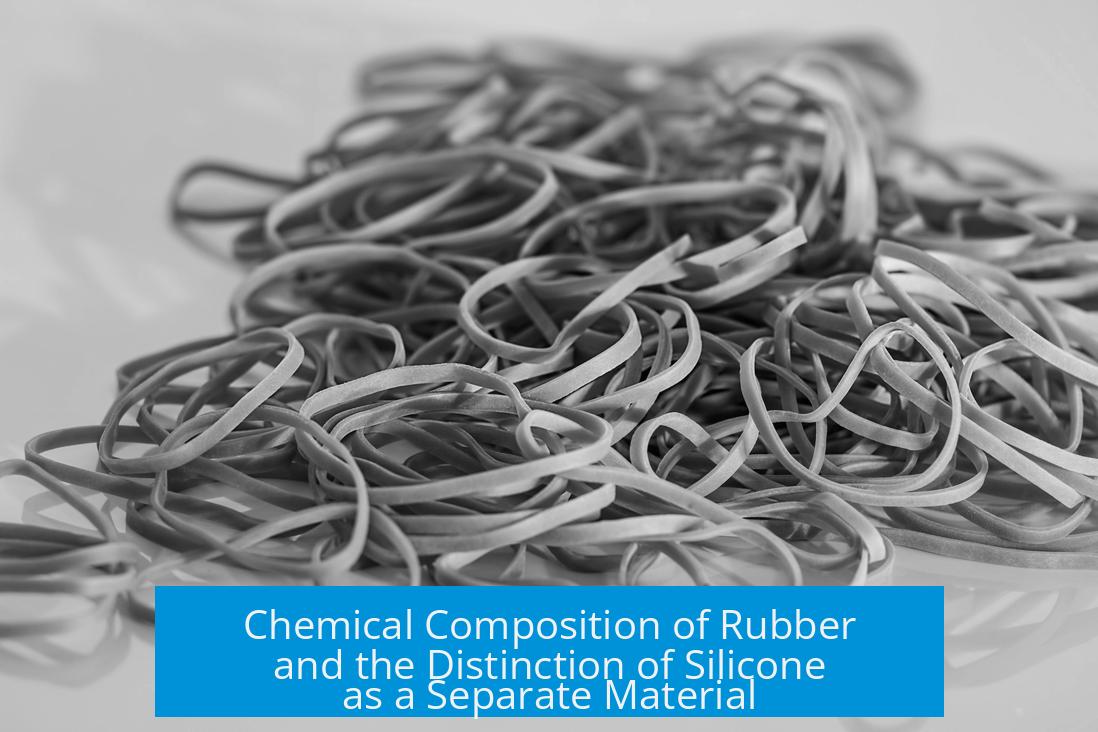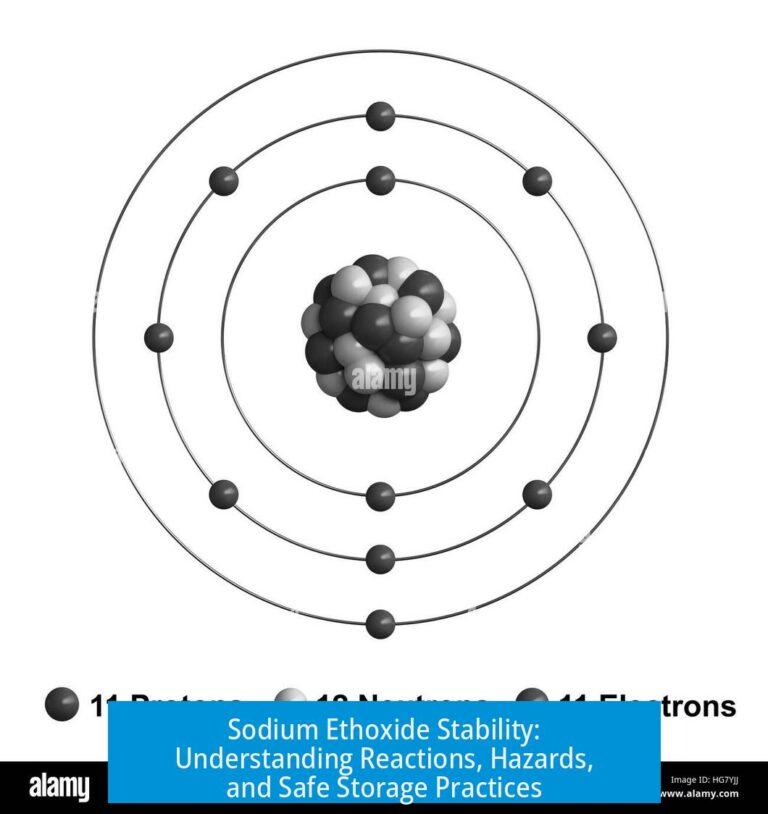What Is Rubber Chemically Defined As?
Chemically speaking, rubber is defined as polymers that exhibit elastomeric, or rubbery, mechanical properties, typically resulting from cross-linked long polymer chains. While natural rubber is specifically polyisoprene harvested from the rubber tree, the broader definition of rubber includes a wide range of elastic polymers.
Natural rubber comes from the latex of Hevea brasiliensis. Its primary chemical component is polyisoprene, a long-chain hydrocarbon polymer. This polymer’s structure and cross-linking enable its characteristic elasticity.
Rubber as an Elastomeric Polymer
The term “rubber” is not a strict chemical classification. Instead, it describes materials that stretch under force and recover their original shape when the force is removed. This behavior depends largely on polymer chain structure and interactions.
Rubber-like elasticity arises from long chains of polymers that entangle and sometimes chemically cross-link. Imagine the polymer chains as tangled spaghetti. When stretched, the chains straighten but their entanglements pull them back, resulting in elastic recovery.
Chemical Fundamentals Behind Rubber Elasticity
- Linear or branched polymers form tangled networks.
- Cross-linking between chains creates stable three-dimensional networks.
- This cross-linking prevents plastic deformation and enables recovery after stretching.
- The degree of cross-linking and chain length affects the stiffness and strength.
This microscopic structure causes macroscopic rubbery behavior. The materials resist permanent deformation unlike typical thermoplastics, demonstrating reversible elastic strain.
Origins and Organic Nature of Rubber
Rubber is an organic material naturally obtained from rubber trees. Its historical extraction involved harvesting latex, which inspired large industries and regrettably harsh labor practices in the past. Thus, rubber connects both a chemical identity and socio-economic history.
Is Silicone Considered a Type of Rubber?
Silicone is a synthetic polymer made from siloxane units with the formula −O−R2Si−O−SiR2−. Unlike organic rubber polymers, silicone chains contain silicon and oxygen atoms, which give rise to different chemical properties.
Silicone’s Chemical Structure and Varieties
- Silicones can exist as fluids, oils, or polymers.
- Not all silicones behave as rubbers; some lack cross-linking and are liquids or plastomers.
- When cross-linked, silicones form elastomers with rubber-like behavior.
Cross-linking silicone chains creates a three-dimensional elastic network similar to natural rubber. This network structure allows silicone to stretch and recover like a rubbery material. Hence, many silicone products marketed as “silicone rubber” rely on this chemistry.
Rubber Terminology and Silicone Classification
The term “rubber” has broadened beyond natural polyisoprene. It is now often used to describe any polymer material displaying elastic, rubber-like responses to deformation, including cross-linked silicone.
Silicone’s classification largely depends on its mechanical behavior, which in turn depends on molecular structure and processing:
- Cross-linked silicone: behaves as an elastomer, referred to as silicone rubber.
- Uncross-linked silicone: flows or behaves as a viscous fluid, not rubber-like.
- Highly cross-linked or cooled silicone: may behave as a glass, losing elasticity.
Thus, silicone’s rubber-like properties are conditional, related to its chemical state.
Differences in Polymer Chain Chemistry
| Property | Natural Rubber (Polyisoprene) | Silicone (Polysiloxane) |
|---|---|---|
| Backbone Composition | Carbon atoms | Alternating silicon and oxygen atoms |
| Cross-linking | Sulfur or peroxide vulcanization | Chemical cross-linking with silane crosslinkers |
| Typical State | Elastomer (natural rubber) | Varies: fluids, elastomers, or glassy states |
| Thermal Stability | Moderate | High thermal stability |
Summary of Rubber and Silicone Relationships
- Rubber is any polymer exhibiting elastomeric behavior due to entangled and cross-linked long chains.
- Natural rubber refers specifically to the organic polymer polyisoprene harvested from rubber trees.
- Silicone is a synthetic siloxane polymer with silicon-oxygen backbones distinct from carbon-based rubbers.
- Silicone can be cross-linked to form elastomers that share mechanical properties with traditional rubber.
- The classification of materials as “rubber” depends on mechanical properties, not strictly chemical composition.
What defines rubber chemically?
Rubber is a natural polymer made from isoprene units harvested as latex from rubber trees. Chemically, its elastic behavior comes from long polymer chains that are cross-linked, allowing them to stretch and return to shape.
Is silicone considered a type of rubber?
Silicone is not inherently a rubber. It is a synthetic polymer made of siloxane chains. When cross-linked, silicone can behave as a rubber, forming a material called silicone rubber.
How does rubbery behavior occur in materials?
Rubbery behavior arises from entangled and cross-linked polymer chains. These chains resist being pulled apart and return to their original shape after deformation, giving materials elastic properties.
Why can silicone sometimes act like rubber?
Silicone blends can be chemically cross-linked to form an elastic network. This cross-linking enables silicone to behave as a rubber, stretching and recovering like natural elastomers.
Does the chemical structure exclude silicone from the rubber category?
Silicone’s silicon-oxygen backbone differs from natural rubber’s organic chains, but classification relies on mechanical behavior. If silicone shows elastic properties due to cross-linking, it’s often grouped under rubbers.





Leave a Comment